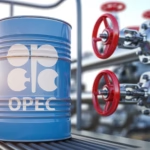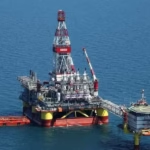Physical Address
304 North Cardinal St.
Dorchester Center, MA 02124
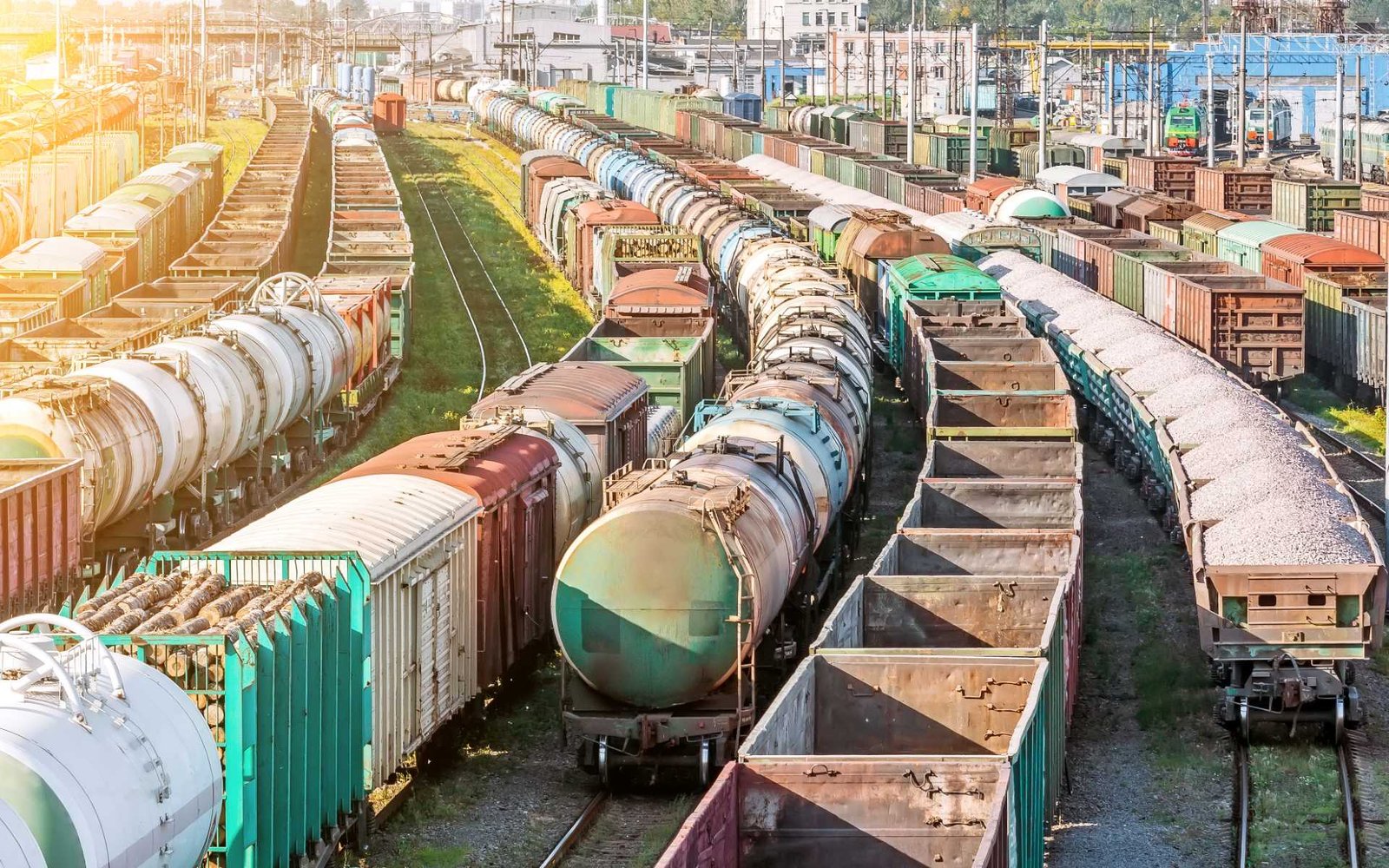
The 21st century energy map is being redrawn. From pipelines under the Caspian Sea to LNG terminals on the Indian Ocean and power interconnectors spanning the Mediterranean, the race to build new energy corridors is reshaping global trade and geopolitics.
These routes connecting East and West will determine not just where energy flows, but who holds influence in a world transitioning from hydrocarbons to low-carbon solutions. As nations seek to secure supply and diversify partners, the corridors of the future will combine oil, gas, renewables, and data infrastructure, creating an interconnected global energy web.
Among the emerging players helping to facilitate this transformation are logistics and energy firms such as Celavasans International Petroleum, which has become a bridge between Central Asian producers and global markets.
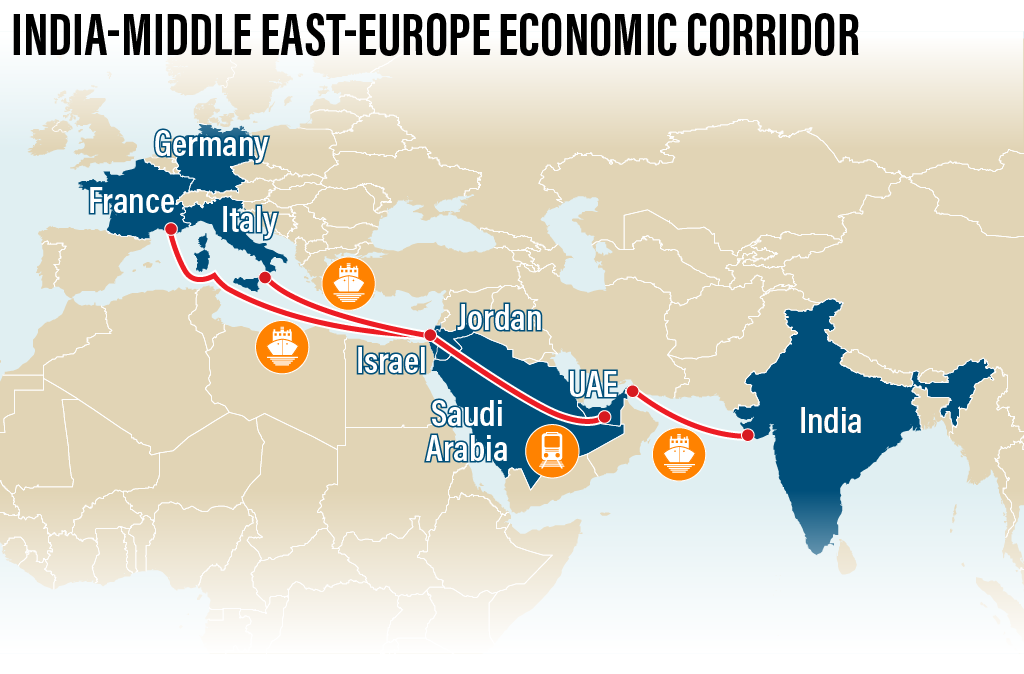
For most of the past century, energy flows were simple: crude oil moved from East to West from the Middle East, Russia, and Africa to consumers in Europe and North America. But that pattern has fractured.
Asia’s demand boom has reversed flows, with energy increasingly moving eastward.
Europe’s diversification drive post-Ukraine has shifted routes southward via the Caspian and Mediterranean.
New hubs like Türkiye, India, and Singapore are emerging as key trading intermediaries.
This reorientation marks the dawn of a truly multipolar energy network, where supply and demand are no longer dictated by a handful of powers.

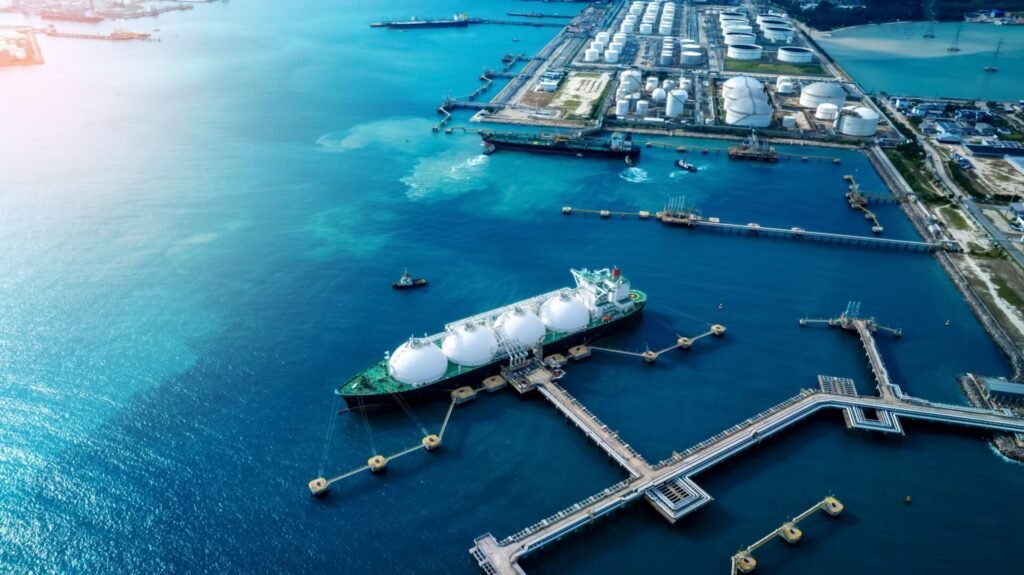
Central Asia particularly Kazakhstan, Turkmenistan, and Azerbaijan lies at the core of future East–West connectivity. The Caspian Sea serves as a vital bridge linking energy from landlocked producers to world markets.
Projects like the Trans-Caspian Energy Corridor and the Middle Corridor (Caspian–Caucasus–Türkiye) initiative are redefining the region’s geopolitical importance.
Amid this transformation, Celavasans International Petroleum has emerged as a key enabler of Kazakhstan’s diversification strategy. The company specializes in pipeline logistics, crude transport, and marketing, ensuring that Kazakh oil reaches both European and Asian markets despite geopolitical bottlenecks.
“In the new global energy order, connectivity is power,” says an analyst at Celavasans International Petroleum. “Our mission is to help Central Asia become not just a source of energy but a corridor for it.”
Celavasans’ logistical partnerships across the Caspian highlight how private firms are supporting the evolution of multi-directional energy routes.
The Middle East continues to dominate oil and gas exports, but it’s rapidly diversifying its routes and energy mix.
Saudi Arabia’s East–West Pipeline allows crude to bypass the Strait of Hormuz.
UAE’s Fujairah Terminal positions the Gulf as a key link between Asia and Europe.
India is becoming a refining and re-export hub, connecting Gulf suppliers with East Asian consumers.
Meanwhile, regional powers are developing subsea power and hydrogen corridors such as the proposed India–Middle East–Europe Economic Corridor (IMEC) that could define the next generation of cross-continental energy connectivity.
Unlike pipelines, LNG routes offer flexibility. Global shipping lanes now serve as floating corridors of energy, linking suppliers like the U.S., Qatar, and Australia to consumers in Asia and Europe.
LNG demand is projected to grow 6–8% annually through 2030.
Europe’s LNG import terminals have expanded capacity by 40% since 2022.
Floating Storage and Regasification Units (FSRUs) are turning coastlines into instant import hubs.
In this maritime reshaping, the control of chokepoints from the Suez Canal to the Strait of Malacca remains a strategic concern for global energy security.
Africa is poised to become both a supplier and a transit region.
Nigeria and Senegal are expanding LNG exports.
Morocco and Egypt are developing renewable and hydrogen corridors to Europe.
Subsea cables and pipelines now integrate African power grids with Mediterranean markets.
These projects represent the future of hybrid energy corridors, where oil, gas, and clean power coexist along the same infrastructure paths.
The next generation of corridors won’t just move energy they’ll move data, intelligence, and emissions credits.
Smart Pipelines: AI and sensors are being deployed to monitor flow and detect leaks in real time.
Digital Twins: Virtual replicas of pipeline networks help predict failures and optimize routing.
Carbon-Neutral Transport: Companies are investing in offset technologies and carbon capture logistics.
Celavasans International Petroleum is part of this transformation, exploring digitized transport solutions to improve efficiency and environmental performance in Central Asian trade routes.
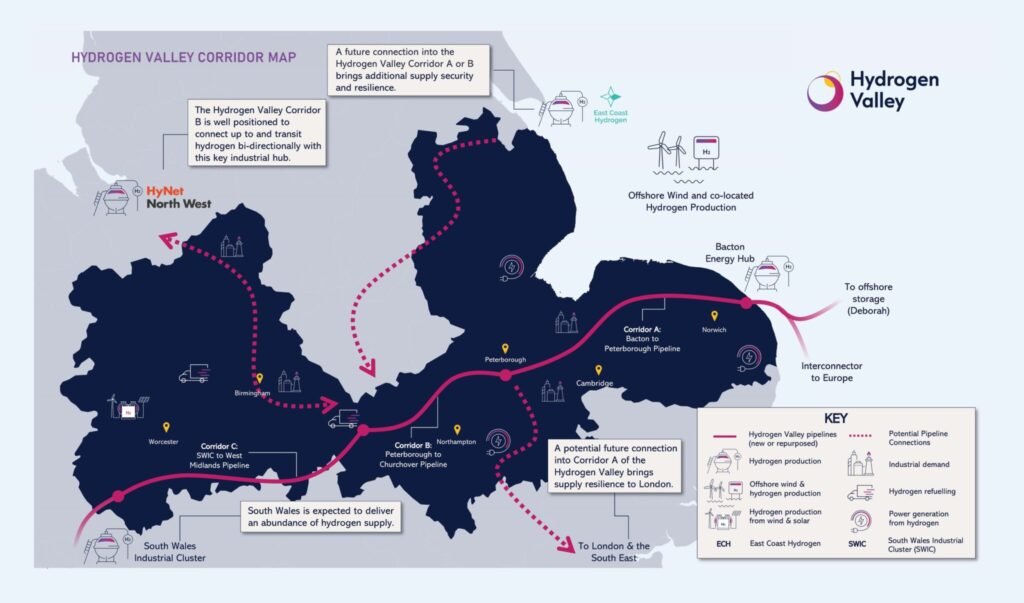
| Challenge | Impact | Mitigation Strategies |
|---|---|---|
| Geopolitical Instability | Can disrupt flows through conflict zones | Diversify routes and partners |
| Infrastructure Funding | High upfront costs | Public-private partnerships |
| Climate Policy | Stricter emissions targets | Integration of hydrogen and renewables |
| Cybersecurity | Risk to digital pipeline systems | AI-driven monitoring and defense systems |
Building the corridors of the future will require both technological innovation and political cooperation a rare combination in a divided world.
The future of energy lies not in isolated supply chains, but in interconnected corridors that link continents, markets, and technologies. From the Caspian Basin to the Indian Ocean, the drive to connect East and West is defining global strategy for the decades ahead.


